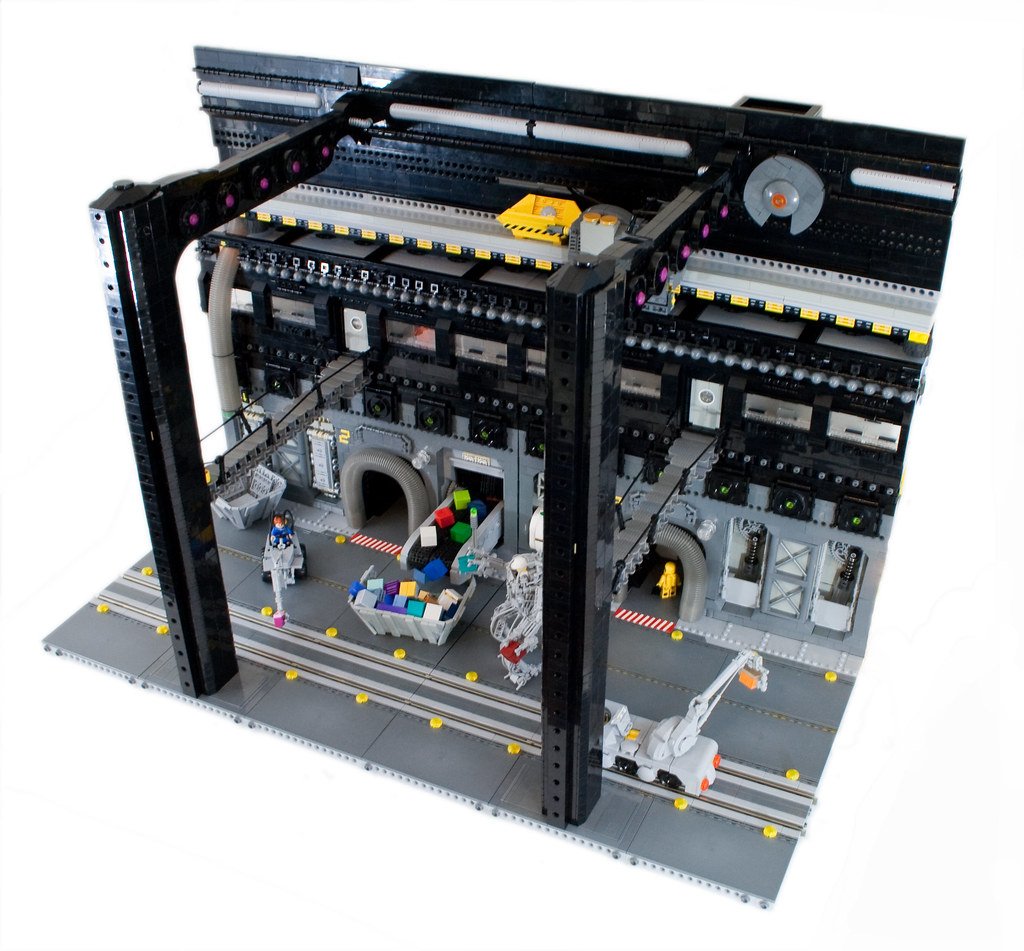Understand the Unique Challenges of Freight in Construction
Before you can master freight, it’s crucial to understand what you’re up against.
Construction freight comes with its own set of challenges:
- Heavy and bulky loads: Think steel beams, lumber, concrete—these aren’t Amazon packages.
- Tight delivery windows: Crews are scheduled and paid to be on-site. Late freight means wasted hours.
- Remote or urban job sites: Accessibility can be an issue, especially for oversized loads.
- Weather and site conditions: Mud, rain, and uneven ground can derail even the best logistics plan.
According to a 2023 report by the U.S. Chamber of Commerce, 67% of construction firms cited supply chain issues as a top concern affecting project timelines.
Tip #1: Partner with a Freight Provider Who Knows Construction
Not all freight carriers are created equal. A logistics partner who understands construction timelines, job site protocols, and material handling is worth their weight in gold.
Look for:
- Proven experience with construction shipping
- Flexible delivery scheduling (including off-hours or weekends)
- Real-time shipment tracking
- Knowledge of OSHA and site-specific safety regulations
A reliable carrier will help avoid costly mistakes—like showing up without the right unloading equipment or sending a truck that can’t handle the terrain.
Pro tip: Ask for references from other construction companies they’ve served.
Tip #2: Optimize Packaging and Palletizing for Protection
Damaged materials don’t just delay projects—they rack up costs in replacements and reshipping.
Here’s how to avoid it:
- Use heavy-duty pallets to handle oversized or oddly-shaped materials.
- Shrink-wrap and secure loads to prevent shifting during transit.
- Label clearly with delivery instructions and handling warnings.
- Consider custom crating for fragile items like windows or specialty fixtures.
According to a survey from Packaging World, 23% of construction shippers report at least one damage claim per quarter. That’s a fixable problem.
Tip #3: Use Freight Class Codes Correctly
Freight class may seem like red tape, but it impacts your bottom line directly. Using the wrong code can result in overcharges or shipping delays.
Building materials like insulation, drywall, and piping all fall into different NMFC (National Motor Freight Classification) codes based on weight, density, and handling requirements.
Check with your carrier or use online tools like Freight Class Calculator by Freightquote to ensure accuracy.
Tip #4: Plan for Last-Mile Logistics
Getting materials to the city outskirts is one thing. Getting them through downtown streets to a job site with no loading dock? That’s a whole other beast.
Last-mile freight planning tips:
- Request liftgate service if no loading dock is available.
- Confirm access hours and street regulations with the site superintendent.
- Schedule deliveries during low-traffic hours.
- Use smaller box trucks for narrow or restricted areas.
Consider partnering with local last-mile specialists if your primary carrier doesn’t offer these services.
Tip #5: Embrace Freight Tech
The days of “we’ll get there when we get there” are over. Technology gives shippers the power to track, adjust, and optimize every load.
Must-have freight tech tools:
- TMS (Transportation Management Systems): For booking, routing, and managing carriers
- GPS tracking: Offers real-time updates and ETAs
- Digital load boards: Help compare rates and find available carriers fast
- EDI/API integration: Streamlines order entry and communication with suppliers
According to a 2022 survey by Inbound Logistics, companies using TMS software reduce freight costs by 8–15% on average.
Tip #6: Communicate Clearly With All Stakeholders
This might seem basic, but miscommunication is one of the top culprits behind freight issues.
Be sure to:
- Provide detailed BOLs (Bills of Lading) with all special instructions
- Share delivery updates with on-site teams in real time
- Notify crews of ETA changes to avoid idle time
- Maintain open lines of contact with drivers and dispatchers
Clarity prevents confusion, delays, and finger-pointing when things go sideways.
Tip #7: Build in Contingencies and Buffer Time
Even the best plans can be derailed by weather, mechanical issues, or traffic snarls.
Smart construction shippers build slack into their timelines:
- Add buffer days for key material deliveries
- Use local backup suppliers for emergency needs
- Prioritize critical-path items for earlier shipment
Remember Murphy’s Law—anything that can go wrong, might. Contingencies give you a Plan B (and C).
Conclusion: Freight Done Right Keeps Construction Moving
In the construction world, time is money—and materials are your lifeline. Freight issues can grind everything to a halt. But with smart planning, the right partners, and proactive communication, you can avoid the biggest pitfalls.
Think of your freight strategy not as an afterthought but as a foundational pillar of your project’s success.
Need help getting started? Consider consulting with a freight logistics expert who specializes in construction shipping.
FAQ: Building Material Freight for Construction Shippers
1. What’s the best way to ship large or oversized construction materials?
Flatbed trucks are typically best for oversized loads. Be sure to use proper tie-downs and confirm DOT regulations for size and weight limits.
2. How do I reduce freight costs without compromising delivery?
Use freight consolidation, compare carrier rates, and leverage TMS software for better routing and scheduling.
3. What’s the most common mistake construction shippers make?
Poor communication—especially around delivery timing and site conditions. Always align expectations early and often.
4. Are there regulations I should know about?
Yes—OSHA site access rules, DOT weight/size regulations, and state-specific delivery restrictions all apply.
5. How early should I schedule freight delivery for a job site?
Ideally, 3–5 days before materials are needed to allow buffer time for unforeseen dela.





